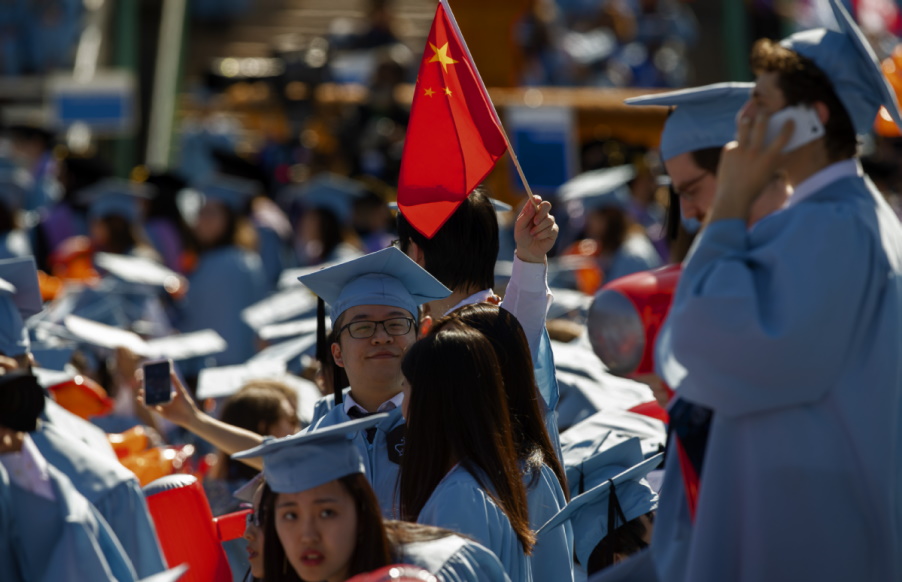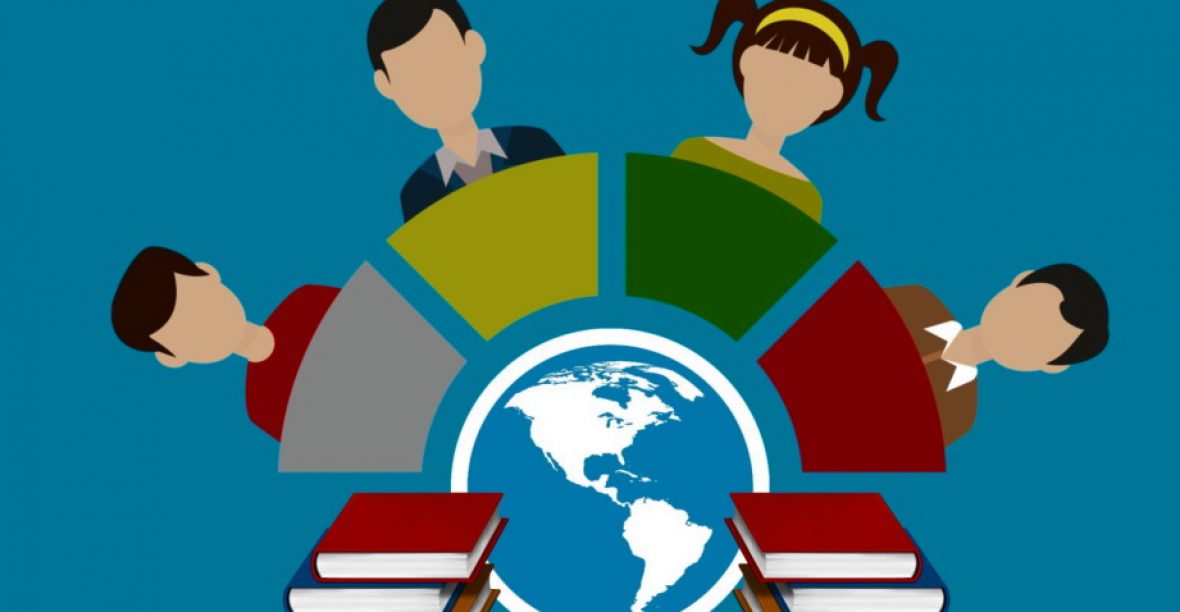The educational exchange opportunities between the United States and China have been creating a significant impact on both the country’s students. In both countries, students are developing their knowledge through this opportunity. Let us see about the education system of these two countries:
U.S. Education System
Between the ages of six and eighteen, students in America are expected to attend school. These students are divided into grades, which range from first through twelfth. (Kindergarten is an earlier option for the year prior to first grade, while it is not required in the majority of U.S. states.)
Fifth grade marks the end of primary or elementary school, followed by middle school or junior high school for grades six through eight and secondary school for classes nine through twelve. Both occupational training and vocational courses that prepare students for college can be found in secondary education.

Following high school, students have two alternatives for post-secondary education: higher education (usually a 2-4 year program for a bachelor’s degree in an academic field) or vocational training (generally a year or two, geared for direct employment in a trade).
The international exchange through a US-China education partnership is developing new openings in the education system of the U.S. as well as China.
China Education System
Primary education in China is mandatory, and that lasts for six years. Kids begin school at age six (seven in some areas). Mandarin Chinese is the language of teaching everywhere else save primary schools, which mostly enroll kids of ethnic minorities. Two semesters make up a standard school year, which runs from September to July. Five days a week are spent in class, and there are currently nine required courses for elementary school students. All students must pass graduation exams in the fields of Chinese and mathematics in order to graduate.

After primary school, junior (lower) secondary education is three years long. Students must pass graduation exams and fulfill minimum physical education requirements in order to graduate and receive a diploma. For graduation, students normally must pass exams in Chinese, mathematics, chemistry, physics, foreign language, and politics.
Students have the option of enrolling in either general (academic) senior secondary school or vocational senior secondary school after completing junior (lower) secondary school. Both vocational and general (academic) senior secondary schools are three or four years long. In China, senior secondary school is referred to as (gaozhong) while senior secondary vocational school is referred to as (zhongzhuan).
Hence, the exchange between the United States and China is transforming education worldwide tremendously as both the country’s students are getting more technology-related knowledge and innovative ideas.



